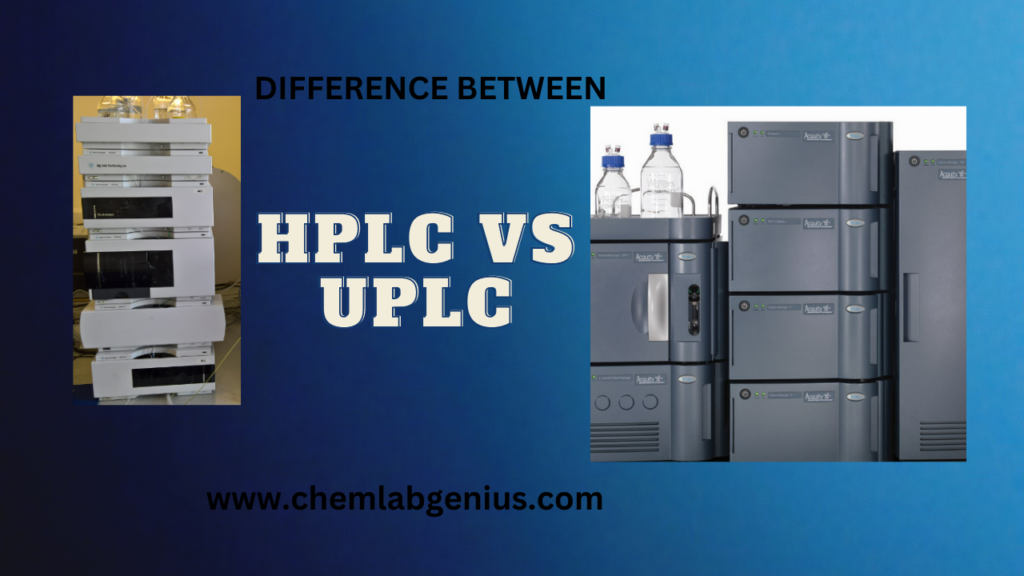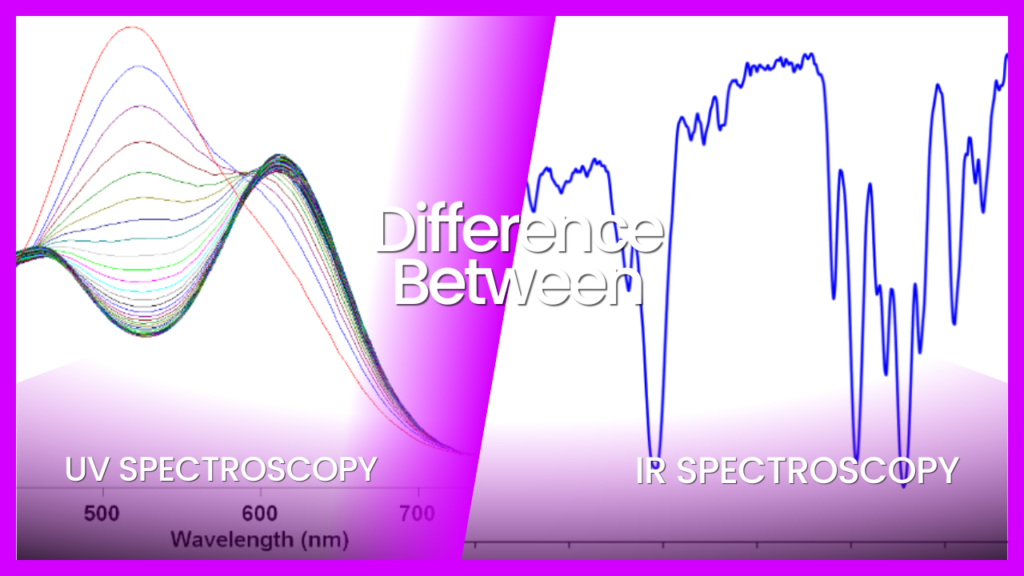Difference between HPLC and TLC
Introduction High-performance liquid chromatography (HPLC) and thin-layer chromatography (TLC) are two commonly used chromatographic techniques in analytical chemistry. While both HPLC and TLC can be used to separate and identify chemical compounds, they differ in their principles, methods, and applications. In this blog post, we will explore the differences between HPLC and TLC. Difference Between …



